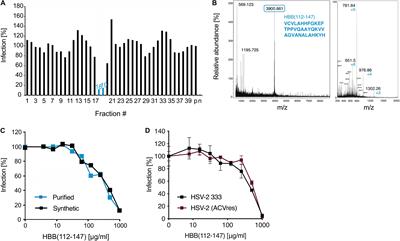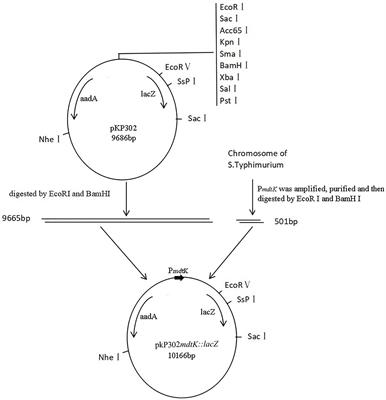REVIEW
Published on 03 Jun 2020
Antiviral and Immunomodulatory Properties of Antimicrobial Peptides Produced by Human Keratinocytes

doi 10.3389/fmicb.2020.01155
- 10,776 views
- 78 citations
65k
Total downloads
367k
Total views and downloads
REVIEW
Published on 03 Jun 2020

ORIGINAL RESEARCH
Published on 28 May 2020

ORIGINAL RESEARCH
Published on 21 Apr 2020

ORIGINAL RESEARCH
Published on 06 Apr 2020

ORIGINAL RESEARCH
Published on 19 Mar 2020

ORIGINAL RESEARCH
Published on 21 Feb 2020

ORIGINAL RESEARCH
Published on 14 Feb 2020

ORIGINAL RESEARCH
Published on 11 Feb 2020

ORIGINAL RESEARCH
Published on 07 Feb 2020

ORIGINAL RESEARCH
Published on 22 Jan 2020

REVIEW
Published on 22 Jan 2020

ORIGINAL RESEARCH
Published on 21 Jan 2020
